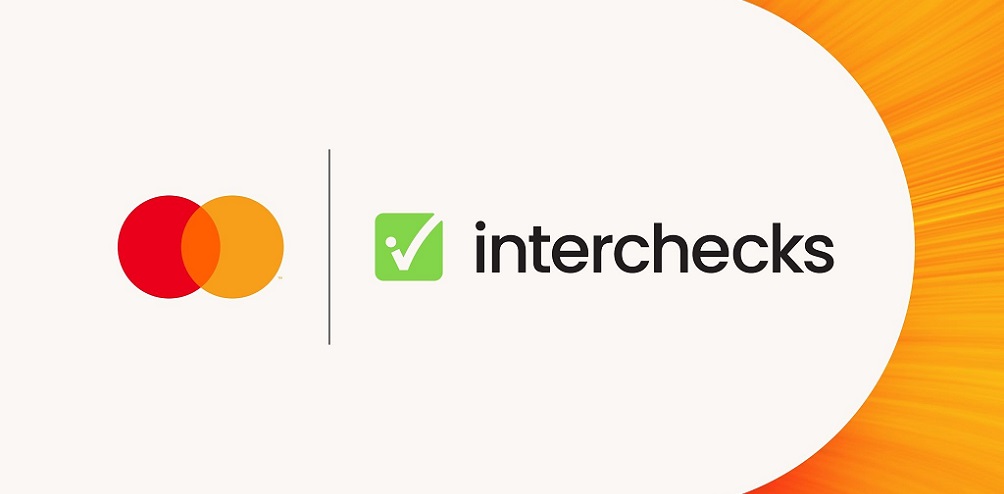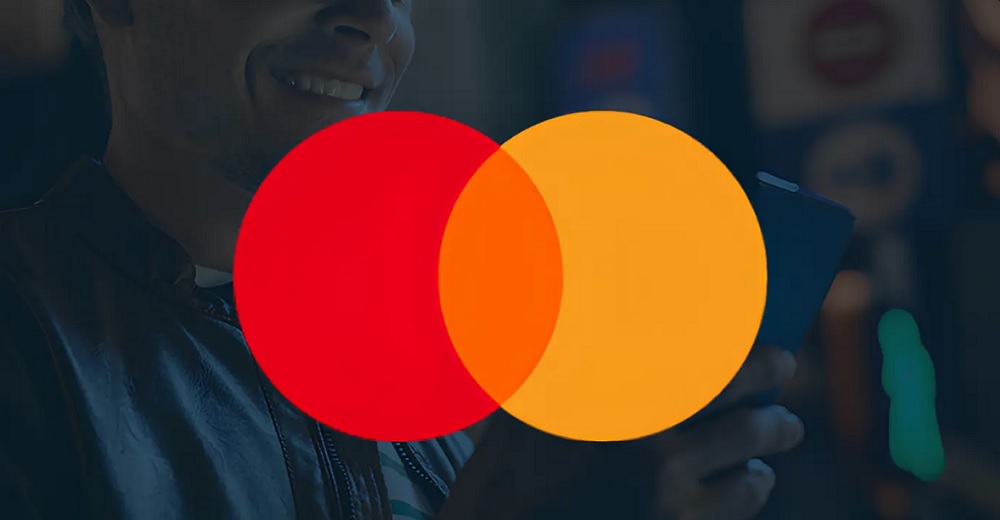What you didn’t know about using ATMs abroad – how to avoid Dynamic Currency Conversion (DCC)
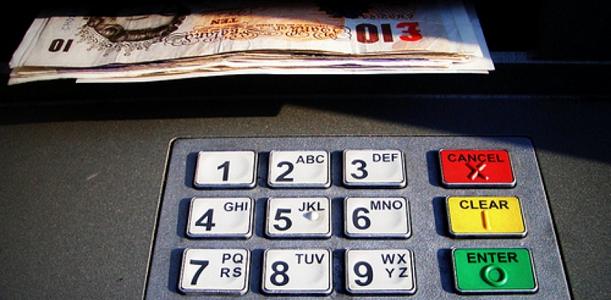
There’s a very sneaky question hidden deep within ATMs and POS machines around the world. Knowing how to answer this question can help you save on your next trip abroad.
Whenever you use your card abroad, most POS machines and ATMs can automatically pick up the country where your card has been issued (e.g. UK). Once it has figured out that your card is ‘foreign’, the machine assumes that you don’t hold the currency it can spit out and will offer you a seemingly innocent question that reads something like this:
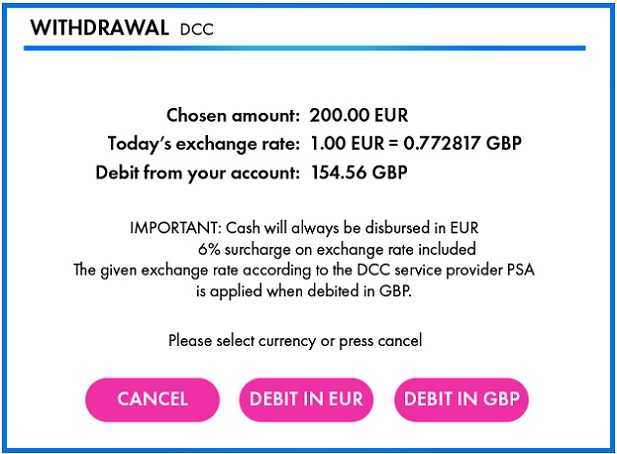
The ATM machine will ask you if you want it to debit your account in your card’s native currency, GBP, using the rate shown on screen, or in the local currency – in this case, EUR.
Debit in GBP / With Conversion / Native Currency
The small message above confirms that the ATM will only pay out in the local currency, Euros, regardless of what currency you choose to debit your account in. It also highlights that a surcharge of 6% is included in the rate displayed on screen and gives an exact GBP cost for taking out 200 Euros.
Despite showing a fixed amount in a currency you’ll be natively familiar with, you should be wary of the machine’s offer, since it is openly admitting to adding a 6% fee to the exchange rate offered.
If you choose this option, the merchant or ATM provider can apply their own exchange rate. This rate usually has a mark-up on the interbank rate (in this case 6%) enabling the ATM provider or merchant to make a profit on your transaction.
Debit in EUR / Without Conversion / Local Currency
Debiting your account in the local currency (EUR) might seem like the less desirable option since you are not shown the equivalent rate in GBP, but this is all part of the sneaky plot to take some extra money from your pocket.
By choosing this option, the ATM will charge your card in Euros, but more importantly, it will let the card issuer handle any currency exchange, meaning you will benefit from using your bank’s exchange rate or, in Revolut’s case, the interbank exchange rate – no mark-ups or hidden fees!
What’s more, if you’re using your Revolut card and already have a Euro account, the ATM will simply deduct the funds from that account.
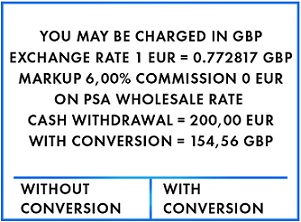
Why is the ‘No Conversion’ option better?
The process we explained above is called Dynamic Currency Conversion, or DCC in short.
DCC was initially introduced in the mid ‘90s as a way of helping consumers better understand conversion rates, since the DCC service provider (usually a third party company) displays the converted amount in the user’s home currency.
In practice, many people are confused by the different conversion options and so, by seeing an amount in a familiar currency, they might be tempted to accept it as it appears to be the easiest option to understand.
However, since DCC providers are allowed to add a fee to the exchange rate (6% in our example), the final amount deducted from the user’s account will nearly always be higher than running the conversion via the user’s own card issuer, or in other words, simply answering ‘NO’ to whatever rate the machine is offering you.
Remember, always make sure that you choose the option with ‘No Conversion’, ‘Without Conversion’, ‘Debit in Local Currency’ or any other option that allows your card issuer to run the conversion, and not the DCC provider.
Source: Revolut
Dariusz Mazurkiewicz – CEO at BLIK Polish Payment Standard
Banking 4.0 – „how was the experience for you”
„To be honest I think that Sinaia, your conference, is much better then Davos.”
Many more interesting quotes in the video below:



